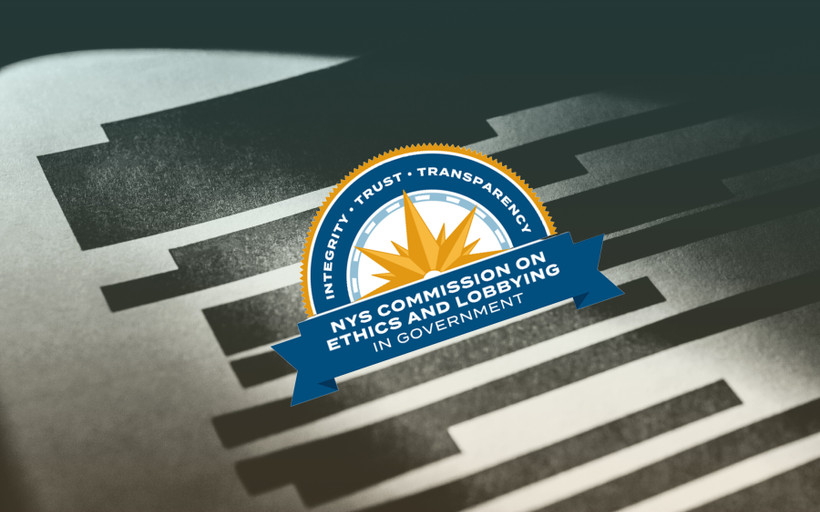How New York State Let Covid-19 Run Rampant in Prisons
First, the state failed to protect people in prison from the virus. Then, it obscured the full scope of the crisis, advocates charge.


Previously unreleased disciplinary files expose officers who beat, slap, and pepper spray the residents they’re supposed to protect. Most are back at work within a month.
Local regulations haven’t kept up with the rollout of new surveillance tech. Some reformers see Washington as their best hope.
Stark disparities in access to life-saving medication for opioid addiction persist between facilities — and racial groups.
New York’s transparency watchdog found that the ethics commission violated open records law by redacting its own recusal forms.
New York has one of the weakest consumer protection laws in the country. This year’s state budget may change that.
Guidelines limiting gifts of taxpayer resources have “no teeth whatsoever,” according to good government watchdog.

